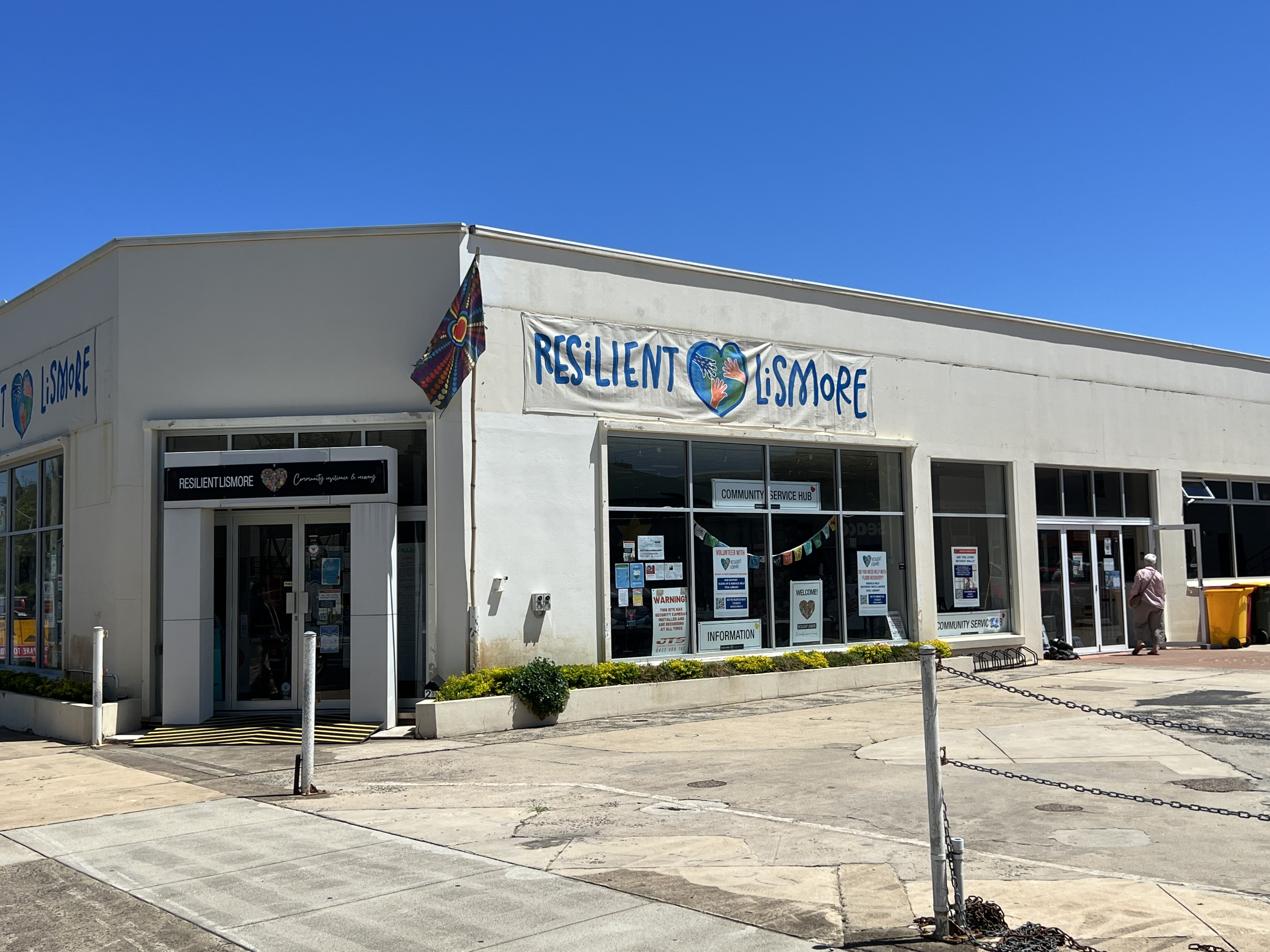Resilient Lismore welcomes the release of the NSW Disaster Adaptation Guidelines
13 August 2025, 10:00 PM

Resilient Lismore has welcomed the release of the NSW Reconstruction Authority’s Disaster Adaptation Plan (DAP) Guidelines as an important step along the path to the development of the DAP for the Northern Rivers, one of two being developed in high-risk regions in NSW, alongside the Hawkesbury-Nepean Valley DAP.
With climate change intensifying extreme weather events, and the Northern Rivers recognised as one of Australia’s most disaster-prone regions, Resilient Lismore says the development and implementation of the DAP is both timely and essential.
”The principles set out in the guidelines reflect the way Resilient Lismore has always worked – grounded in community networks, collaborative decision-making, respect for diverse voices and inclusion of those who are most affected by disasters,” said Resilient Lismore Executive Director, Elly Bird.
“We’re pleased to see the DAP engagement principles highlighting trust, inclusion, transparency and respect for local knowledge,” Elly said. “These are values we live every day – from listening deeply to our community, to championing the role of local leaders, and fostering equity and inclusion.”
The DAP engagement principles include:
- Community at the centre
- Meaningful community participation is fostered through adequate time frames
- Incorporating Traditional Knowledge, storytelling and narratives
- Be inclusive and respectful
- Support clear, transparent, and two-way communication
- Multi-model engagement
- Recognise and build capacity and capability
“These principles perfectly align with Resilient Lismore’s core values and work,” Elly said. “We’ve always believed successful disaster and disaster adaptation must be coordinated, place-based and community-led– and it must give communities a genuine seat at the table.”
“This planning process is where the hard conversations will happen – about land use, infrastructure, managed relocation, and how we keep people safe,” she said. “It’s also where we can lock in early wins, like strengthening social infrastructure and running community preparedness programs that build resilience right now. This is exactly the heart of our work at Resilient Lismore – from skills-building workshops to events and volunteer programs, everything we do is about empowering our community to be stronger and more connected, because that is what will help us to get through future disasters when they happen,” she said.
The Disaster Adaptation Plan will be developed through extensive community consultation, working with councils, infrastructure providers, essential services, and local organisations.
“Resilient Lismore will continue to be a strong voice in this process, and we encourage residents and community organisations to keep an eye out for opportunities to participate,” she said.
“We know that when communities are actively involved, we get better, fairer decisions – and we build the social connections that will carry us through whatever comes next.”

